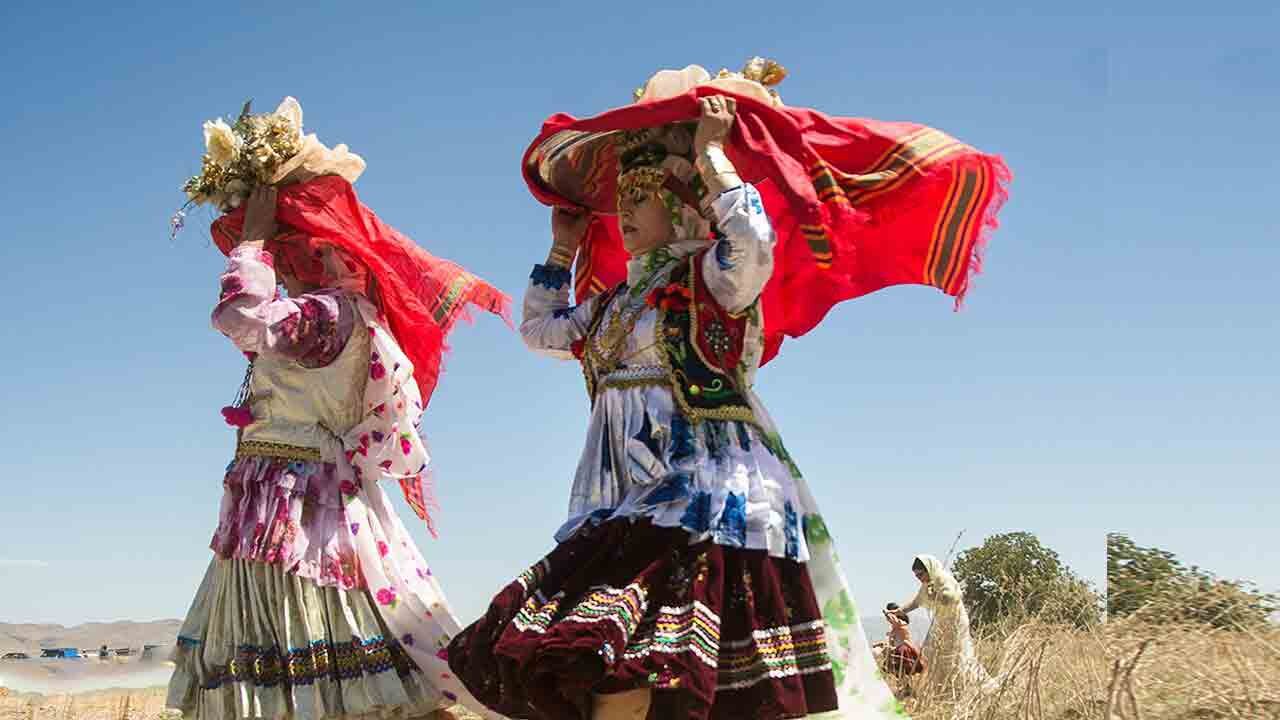Iranian nomads launch major tourism festival

TEHRAN – َOn Monday, tens of nomads from various Iranian provinces launched a major festival to highlight their cultural heritage and tourism magnetism.
The five-day event is held in Shiraz near the Hafez mausoleum, which stands tall in a spiritual atmosphere that stems from the 14th-century poet.
According to Fars province’s tourism chief, this is the first time that such a national nomadic festival has been organized in the southern Iranian city.
Organizers hope the event will encourage domestic tourists and holidaymakers to visit nomadic tribes.
The highlights include traditional music, folk dance, workshops, and cultural and culinary shows around stands set up by tribespeople from the provinces of Fars, Chaharmahal-Bakhtiari, Kohgiluyeh-Boyerahmad, Kerman, and Khuzestan.
Such festivals, on the other hand, are intended to establish bonds between Iranian nomads. Earlier this year, Lorestan province’s tourism director stressed the need to reinforce cultural ties between the nomadic tribes of the ancient land. “Iran is a rainbow of different ethnicities, which have lived together for millennia,” Ata Hassanpur said.
The official pointed to festivals, conferences, seminars, and familiarization tours as opportunities to be grasped to bring the ethnic groups closer to each other.
Iranian nomads mainly live in the provinces of Fars, Chaharmahal-Bakhtiari, Khuzestan, Isfahan, and some other provinces. They usually change between their winter quarters in steppes (Qishlaq or warmer areas) and summer quarters in green mountainous regions (Yeylaq or cooler countryside).
Sightseers may visit nomads at different times of the year. However, the best seasons are spring and summer. There are several nomadic tribes you can meet or stay with, each of them having its own unique lifestyle, culture, customs, foods, and musical performances.
Held every year on 21 May, the World Day for Cultural Diversity for Dialogue and Development celebrates not only the richness of the world’s cultures but also the essential role of intercultural dialogue in achieving peace and sustainable development.
The United Nations General Assembly first declared this World Day in 2002, following UNESCO’s adoption of the 2001 Universal Declaration on Cultural Diversity, recognizing the need to enhance the potential of culture as a means of achieving prosperity, sustainable development, and global peaceful coexistence.
AFM
Leave a Comment